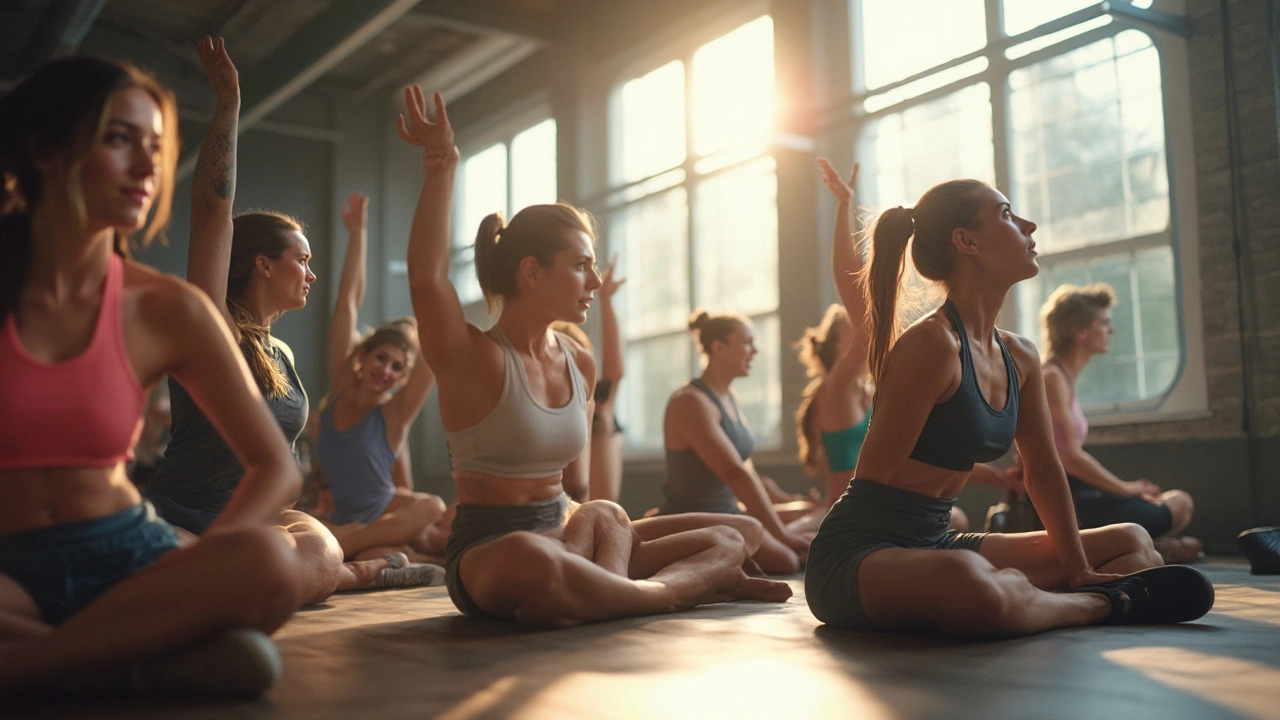Muscle Soreness: What It Is and How to Handle It
Muscle soreness happens to just about everyone who exercises or uses muscles in new ways. It’s that achy feeling you get a day or two after a workout or physical activity. While it can be annoying, soreness is usually your muscles healing and getting stronger. Understanding why it happens can help you manage it better and keep enjoying your activities without too much discomfort.
Why Do Muscles Get Sore?
Most muscle soreness comes from tiny damage to muscle fibers caused by exercise, especially if you try something new or push harder than usual. This is called delayed onset muscle soreness or DOMS. When muscles repair themselves, they get stronger, but this process makes the area feel tender or stiff. Even simple daily tasks that stretch your muscles differently can cause soreness if your body isn’t used to them.
Not all pain means good progress—sharp or severe pain might signal injury, so knowing the difference is important. Normal soreness generally peaks about 24-48 hours after activity and then fades slowly.
Simple Ways to Ease Muscle Soreness
First off, gentle movement can actually help. Light walking or stretching increases blood flow, delivering fresh oxygen and nutrients that help muscles heal. Avoid total rest for too long; keeping muscles loose speeds recovery.
Another easy trick is applying heat or cold. Ice packs reduce swelling if soreness feels like inflammation soon after a workout, while warmth boosts circulation when pain lingers. Some people find a warm bath or massage relieves tightness and improves comfort.
Eating well also supports muscle repair. Foods rich in protein, antioxidants, and vitamins—think lean meats, berries, nuts, and leafy greens—give your muscles what they need. Staying hydrated matters, too. Water flushes waste products from muscle breakdown and keeps tissues elastic.
Some swear by gentle supplements like turmeric or magnesium, which might reduce soreness, but ditch quick-fix pills promising miracle cures. Recovery takes time and good care, not shortcuts.
Finally, listen to your body. If soreness feels too intense or lasts longer than a week, it’s a good idea to rest more or talk to a healthcare provider. Overall, soreness shows your body is adapting, so with smart habits, you can keep moving forward pain-free!
19 June 2025
Elaina Sterling
Sports massage isn’t just a luxury for pro athletes—anyone can use it to improve their fitness journey. This article breaks down the real-life perks, from faster muscle recovery to fewer injuries. You’ll get practical tips on what to expect, when to book a session, and how to make every massage count. Find out why adding sports massage to your routine might be the game changer you’ve been missing. Your body will thank you.
Continue Reading...
16 May 2025
Felicity Wittman
Sports massage isn't just a luxury after a tough workout—it's a game changer for reducing soreness, speeding up recovery, and preventing injuries. This article dives into why adding sports massage to your routine matters, how it works for athletes and casual gym-goers alike, and practical tips to get the most out of every session. Learn what really happens to your muscles and what you need to know before your next massage. From the science behind recovery to real-life benefits, here's how to make your workouts count even more.
Continue Reading...







